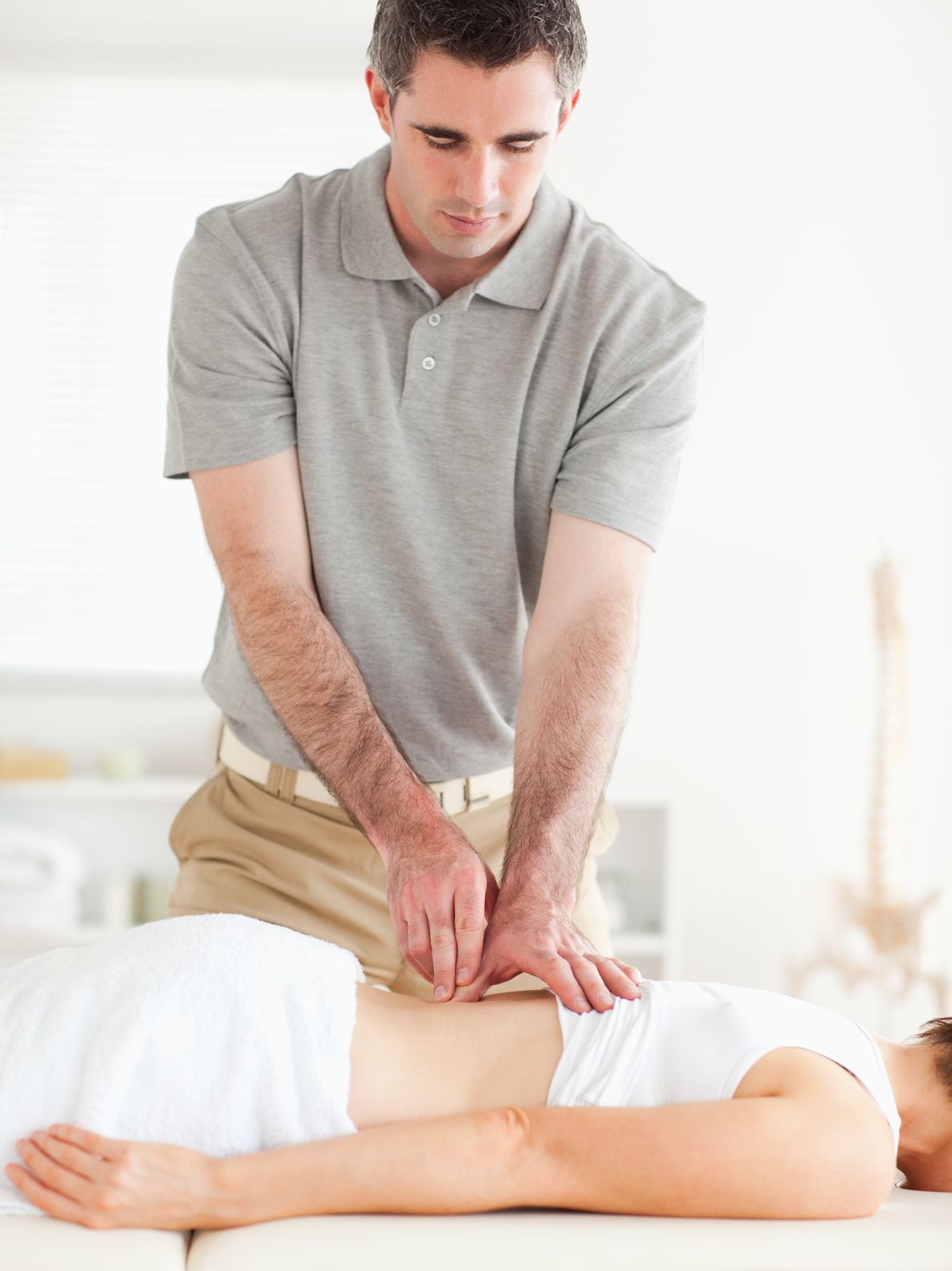Back Pain and Injury
The problem
Back pain can present in a variety of ways and it will be a little different for each person.
It can range from a mild backache to intense and debilitating pain but rest assured, back pain doesn’t always mean you’ve damaged something and the majority of back injuries are minor – even if they are extremely painful!
You may experience any or all of the following:
- Persistent aching or stiffness along the spine, from the base of the neck to the hips
- Sharp, localized pain in the neck, upper or lower back – especially on movement or other activity
- A dull ache in mid or lower back after sitting or standing for extended periods
- Pain that radiates from the low back to the buttock, thigh, calf or toes
- Inability to stand up straight without severe pain or muscle spasms in the back or neck
- Other symptoms such as numbness, tingling or burning in the back, the limbs, and even hands and feet.
Who it affects
Back pain can effect almost anyone, we see it in the elderly, in the young and active and in many people with other health conditions.
Did you know that 8 out of 10 people will experience some form of debilitating back pain in their lifetime? It is the single biggest cause of incapacity for people under 50 years of age, and was the 3rd leading cause of disease burden for Australians in 2011.
What we do about it
At Melbourne Osteohealth, we work hard to get you back on track following illness or injury, we plan for progress and continually reassess your condition to keep you on track to reaching your goals. Our therapists will put together a plan that draws on the most reliable strategies to treat your back pain.
Common back injuries
- Disc bulge, herniation or prolapse
- Vertebral arthritis (Spondylitis or sponydloarthropathy)
- Facet or sacroiliac joint sprains
- Muscle strains or spasms
- Nerve entrapment or radiculopathy
- Sciatica

Want to know more?
You can learn more about the MOH approach to low back pain and improving back function by checking out blogs in the MOH Low Back series;
- Functional Osteopathic assessment of the Low Back
- Osteopathic treatment for low back pain
- Functional exercises for Low Back Pain
- Pilates for Low Back strength & stability
- Dead lifting for Lumbopelvic strength & control
Want to book an appointment?
If you would like to book in for an appointment with one of our Osteopaths, please click here.
If you would like to book in for an appointment with one of our Myotherapists, please click here.
If you can’t find a time that’s convenient just give us a call and we’ll be happy to help you.
Still not sure?
If you’re not sure if we can help or what type of treatment you might need, book in for a free 15 minute pain and injury assessment and we’ll help put you on the right path.


